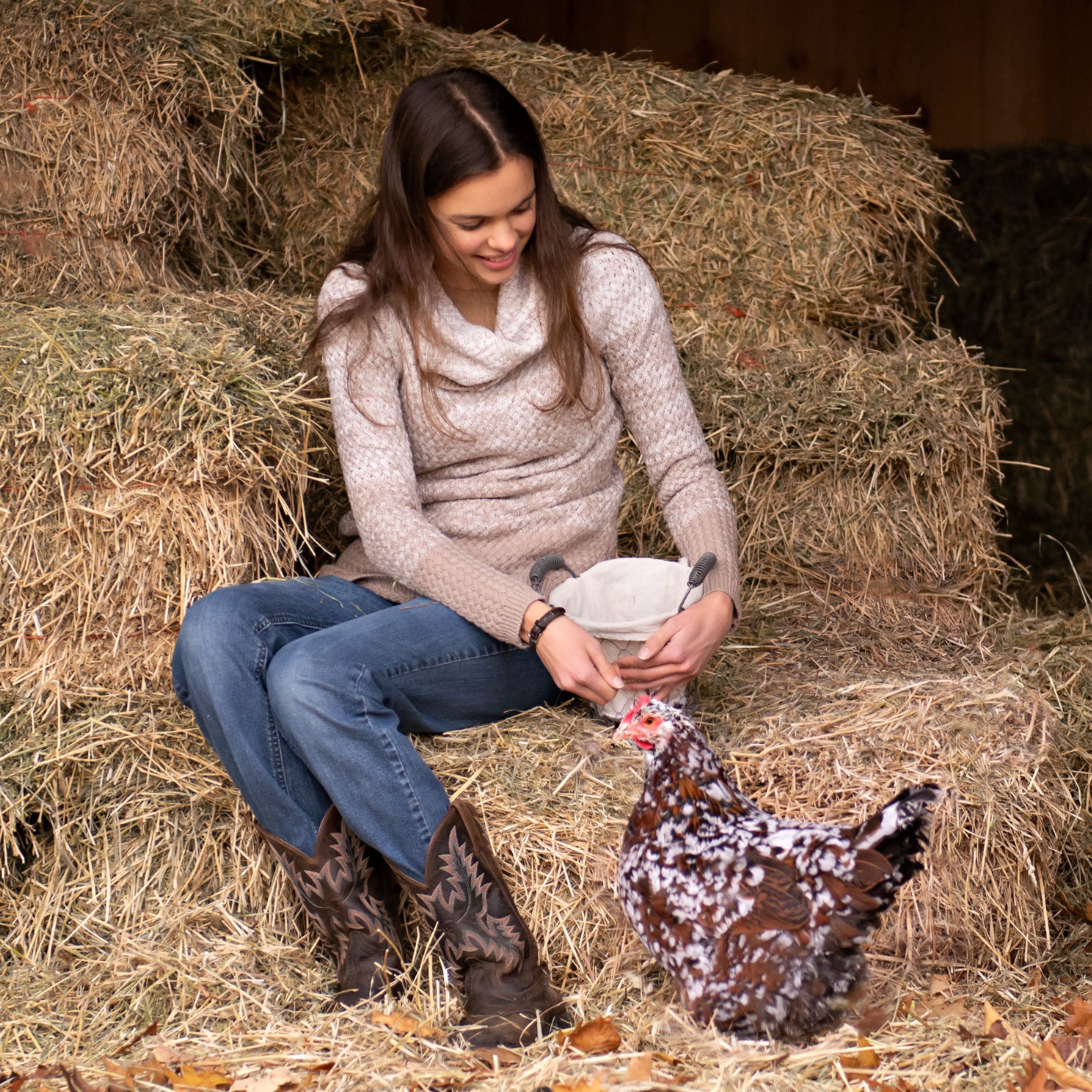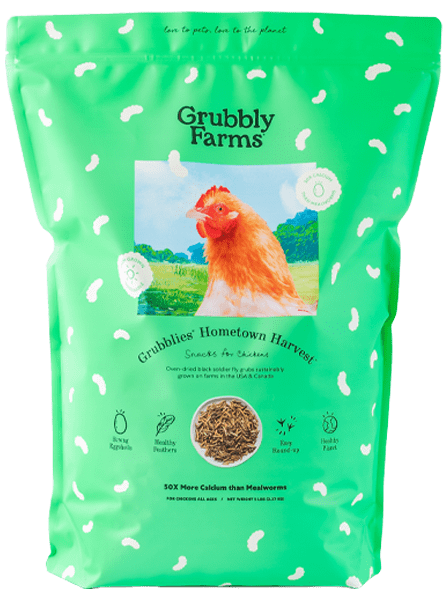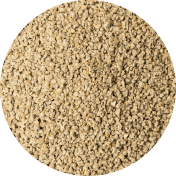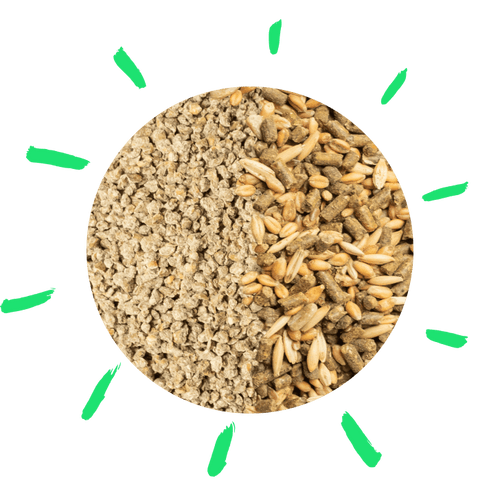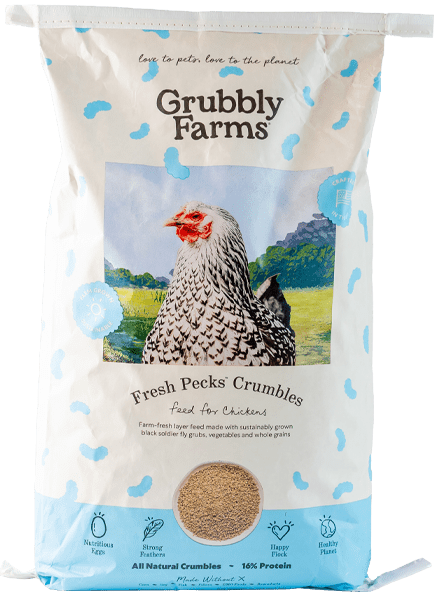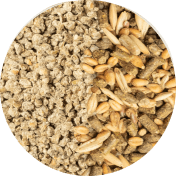Your cute little chicks have matured into sleek-looking, mature pullets and now you’re thinking they should start laying eggs soon. When do chickens start to lay eggs? There are several factors that determine when a pullet, or a female chicken under one year old, will reach production maturity. Waiting for that first egg from your young flock is hard, but here are some guidelines to keep in mind when to expect that first egg!
When do Chickens Start Laying Eggs?

A hen will start laying eggs when she is still a pullet, however, the age when she starts laying will depend on a few factors, such as breed and the time of year. On average most chicken breeds will start laying around six months old, or about 20-22 weeks.
Chicken breeds who are bred primarily for egg production will start laying eggs at an even younger age. Pullets from production breeds may start laying as early as 16-18 weeks of age, however their laying lifespan will not be as long.
Dual-purpose chicken breeds are chicken breeds that have been bred for both egg production and for meat production. These breeds will usually start laying around 20-24 weeks of age. Many dual-purpose chicken breeds are also heritage breeds. Heritage chicken breeds are breeds of chickens that have existed prior to the twentieth century and meet the heritage breed standards as set by the American Poultry Association.
Heritage breeds of chickens take longer to mature and will often not start laying until closer to 28 weeks of age. Some of the larger heritage chicken breeds may even take as long as 8 months to reach production maturity and start laying. However, since they take time to mature and their genetics are more pure, heritage breeds often have a longer productive lifespan and are less prone to production related mortality.
Another factor that affects when any breed of chicken will start laying is the time of year. A hen needs a certain amount of daylight hours in order to start laying or keep laying. Winter is often a time of decreased egg production since the daylight hours are shorter. Pullets who are raised in late summer or fall may not start laying until the following spring even though they reach production maturity during the winter. Once they start receiving between 12-14 hours of daylight, that will trigger production and cause them to start laying.
Pullets who are raised in spring or early summer may mature soon enough to start laying before the days are too short to stop egg production. Many times, pullets who start laying in late summer or fall will continue laying right through the winter months.
Here are some of the best chicken breeds for egg production, including both production breeds and dual-purpose heritage breeds! And if you’re wondering when a certain chicken breed will start laying, here’s a quick guide to some of the common chicken breeds and when the pullets may start laying:
When do Polish Chickens Start Laying Eggs?
Polish chickens are a heritage breed chicken raised for egg production and for show. Polish pullets can be expected to start laying around five months of age. Make sure you start feeding them a complete layer feed when they are 18-20 weeks of age so that they are getting the nutrition they need to start laying.
When do Rhode Island Red Chickens Start Laying Eggs?
Rhode Island Red chickens are a dual-purpose heritage breed chicken. Rhode Island Red pullets will start laying around 18-20 weeks of age. As with any breed of pullet, Rhode Island Red pullets should have access to a complete layer feed and supplemental calcium to help them as they start laying.
When do Ameraucana Chickens Start Laying Eggs?
The Ameraucana chicken is another heritage chicken breed. It is best known for laying blue colored eggs. Ameraucana pullets will start laying around 20-24 weeks of age.
When do Araucana Chickens Start Laying Eggs?
The Araucana chicken is a hard-to-raise, heritage breed of chicken. They are best known for being a rumpless breed of chicken and the hens lay green to blue colored eggs. Araucana pullets will start laying around 20-24 weeks of age.
Signs That a Hen Will Start Laying Soon

Your pullets have reached production age and now you’re on the edge of your seat waiting for that first egg.... but you haven’t collected it yet. Don’t worry, there is nothing wrong with your pullets as long as they are healthy and you are feeding them a complete layer feed with a free-choice calcium made available as well.
While you are waiting, there are few signs that you can watch for in your maturing pullets that may indicate they are getting ready to lay their first egg. Watch for these signs that indicate a pullet will start laying soon:
- larger & redder combs and wattles
- exploring the nesting boxes
- increased appetite
- submissive squat
Keep in mind that if you notice one of your chickens developing a larger and redder comb and wattles before 10-12 weeks of age, that chicken may be a rooster! Roosters naturally have larger and brighter colored facial features than hens, which may start showing up as early as three weeks of age. However, young pullets who are reaching the age of laying will have hormones that cause their combs and wattles to get bigger and redder as well.
You can encourage the young pullets to start checking out the nesting boxes by placing fake eggs or even golf balls in the boxes. The fake eggs can be helpful for teaching the new layers where they should lay their eggs. You may also hear a pullet starting to sing her egg song or being noisy as she checks out the nesting boxes.
Another sign to watch for is the submissive squat. The submissive squat is a behavior that young pullets and hens exhibit as a mating response. The submissive squat is when a hen crouches down and holds her wings out to the side. This position makes it easier for a rooster to mount her and mate with her. Sometimes a young pullet will display this behavior when you go to pick her up.
Lastly, you may notice that the young pullets start eating more prior to laying their first eggs. Producing eggs takes lots of energy, so the pullets will be eating more food once they start laying. Make sure you switch your young chickens to a complete layer feed at 18-20 weeks of age so that they can get the nutrition they need to start laying. Providing a free-choice calcium supplement is a good idea to ensure your pullets can get the calcium they need to make strong eggshells.
When do Chickens Stop Laying Eggs?

A hen will never run out of eggs to lay, however, that does not mean she will lay for her entire life. A hen’s productive lifespan is often shorter than her actual lifespan. Producing eggs takes a lot of energy and is not something that older hens can handle as they age. When a chicken stops laying eggs will depend on the hen’s breed.
Production chicken breeds will start laying early but they have a short production lifespan. Chickens bred solely for egg production will produce phenomenally for the first two to three years of their life. After that, production may significantly decrease or stop altogether.
Dual-purpose chicken breeds have a slightly longer production lifespan of around three to five years. Heritage chicken breeds have the longest production lifespan of around six to seven years. Heritage chicken breeds may not start laying until they are older, and they will not produce at such a high volume as production breeds, but they will continue laying eggs even as they age.
Other factors can also cause a hen to stop laying, even for short periods of time. Here are some other factors to consider if your hens stop laying:
- Molting- hens over one year of age will molt in the fall and will usually stop laying while they molt
- Broodiness- when a hen wants to hatch chicks, she will go broody and stop laying eggs
- Shorter Daylight Hours- when a hen does not receive between 12-16 hours of daylight each day she will stop laying
How Long is the Egg Laying Cycle?
On a daily basis, a hen will lay an egg every 24-26 hours, which is how long it takes for an egg to be formed. A hen’s breed and her overall health will affect how regularly she is able to lay. Chicken breeds bred for egg production may lay an egg almost every day. Heritage chicken breeds may only lay an egg every other day. Gamebird breeds and breeds bred for exhibition will lay even fewer eggs and sometimes only lay on a seasonal basis.
On a yearly basis, the egg laying cycle usually goes from spring through the summer months. The fall molt often stops egg production and is soon followed by the shorter daylight hours of the winter months, which does not trigger egg production to start back up. A hen under one year of age who starts laying before her first winter may continue laying until the following fall when she does her first molt.
A hen’s overall health and diet will affect how well she lays as well. Ailments such as internal or external parasites, respiratory infections, or dietary deficiencies can all cause a hen to lay less frequently or stop laying altogether. Feeding your laying flock a balanced diet of nutritious feed and healthy snacks, as well as doing monthly health checks, can help your hens stay on a normal laying cycle.

Conclusion
When do hens start laying eggs? A hen will start laying eggs while she is still a pullet. Most pullets reach production maturity around five months of age. Getting that first egg from your pullets can be exciting and rewarding! The first egg, sometimes called a fairy egg, will be small. As your pullets finish maturing and continue laying, the eggs they lay will increase in size until they reach the normal egg size for their breed. Enjoy raising your flock and celebrating those first eggs!

